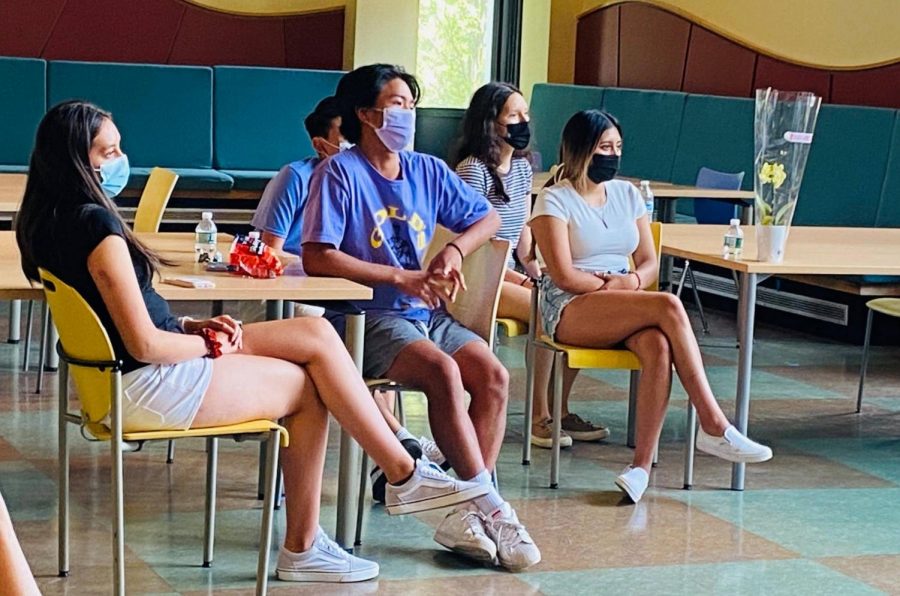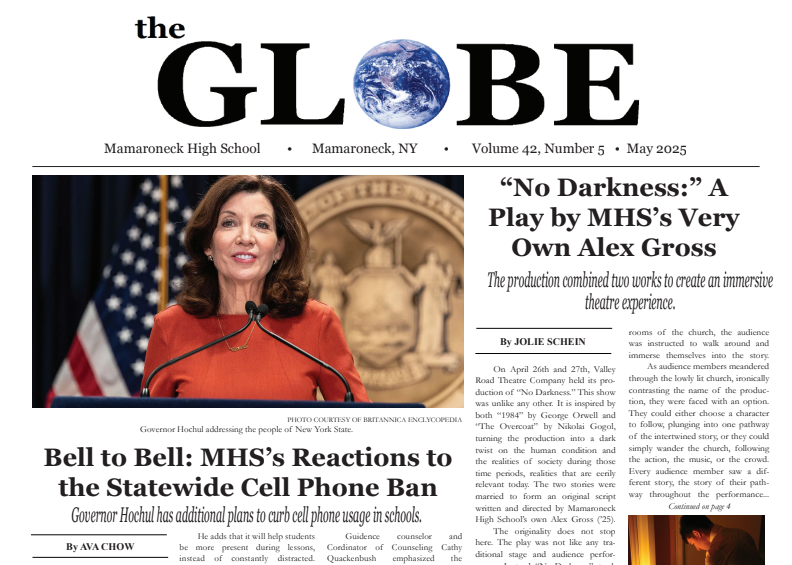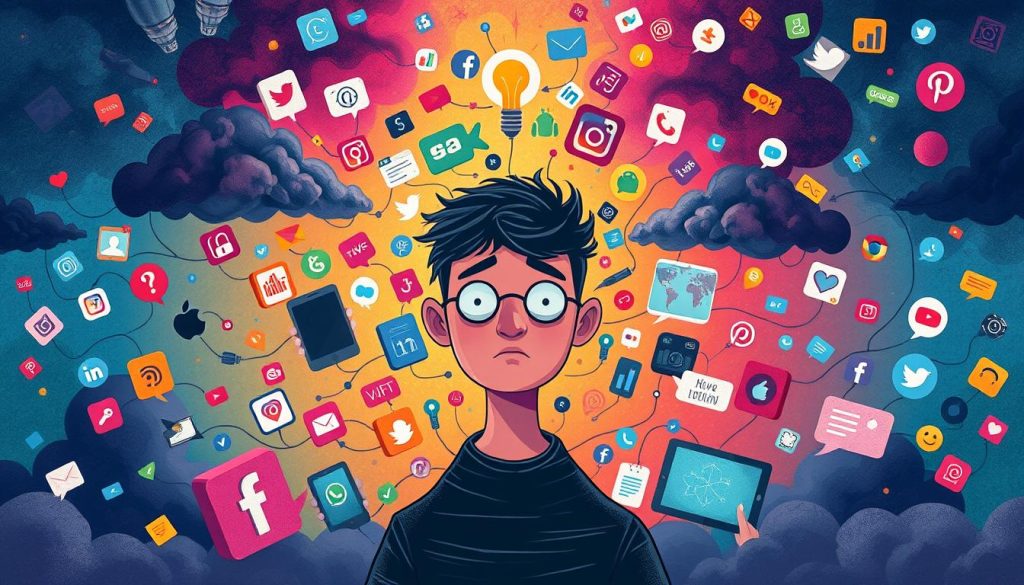Half-way through the Year, How are Virtual Students Feeling?
Photo Courtesy of @MamaroneckPublicSchools on Facebook
Students anxiously contemplate switching to hybrid/online full-time.
March 15, 2021
The 2020-2021 school year is halfway complete, but the question still remains: which is better, hybrid or remote? Starting in September, education systems all over the world were going to take a different approach. In the beginning of the Mamaroneck District school year, families were given the choice for their student to be remote (fully online) or hybrid, a model that allows learning to be online and in person. Students were also split up into two cohorts, A and B, by last name. Those who chose to be hybrid would have to fill out a “Daily Health Form,” a pre-screening questionnaire built to ensure the safety of everyone entering the building. The district took precautions to map out the hallways, making the overpass a one-way hallway while guiding others to use the track to go from Post to Palmer or vice versa. There is mandatory mask wearing and a strict rule of not being allowed to leave campus. All of these regulations were put in place for hybrid learning, but what about those who are virtual?
Going into the first quarter, a majority of students were urged to choose hybrid learning as the rate for the coronavirus had gone down. However, by the time the second quarter had come around, many students shifted to remote learning for multiple reasons. One said that they “they want[ed] my family to stay healthy” after it was brought to their attention that their ‘classmates were partying or still going to big group hangouts” (Anonymous ‘22). Jared Sherman (‘22) had a more personal reason, stating he had an, “ACT coming up and [his] sister’s bat mitzvah.” Whether students had switched for their health and safety or they had a special event coming up, learning had dramatically changed. While making the switch, Lindsay Holton (‘22) has felt she has “more free time,” and can “focus better on work” knowing she isn’t at risk. However, Holton felt it did prove to be “a lot harder to stay present and active” in classes since she was missing out on “being in person and surrounded by [her] peers.” Because remote learning is an endless cycle of Zoom classes, the social aspect of school cannot be felt through the screen. There is a kind of “solitude” and “isolation” being remote, sitting in your room at a desk, alone, adds Sherman. Walking through the halls, free periods with friends, going off campus for lunch—it’s not the same anymore.
Hybrid students feel that there is still some kind of connection, even if it is just for 40 minute periods. Ava Samson (‘22) has heavily considered making the switch to remote learning, however, it came down to her “quality of education,” which she felt was better in the hybrid model. She was asked to quarantine in the beginning of November and was forced to learn remotely. She found she could “stay in pajamas all day” and it was tempting to “go on [her] phone.” Though these two weeks were difficult, it did provide a good representation to Samson of what remote learning is like in comparison to hybrid. Samson has continued to stay in the hybrid model going into the third quarter because the education, sense of routine, and connection felt stronger.
Understanding the two types of learning styles has boiled down to personal preference for students at Mamaroneck High School. Whether learning has become easier or more difficult, the choice of learning is up to the student — something students have never had. Learning during this challenging time has been a different school experience for everyone, and a school year that will go down in history.






